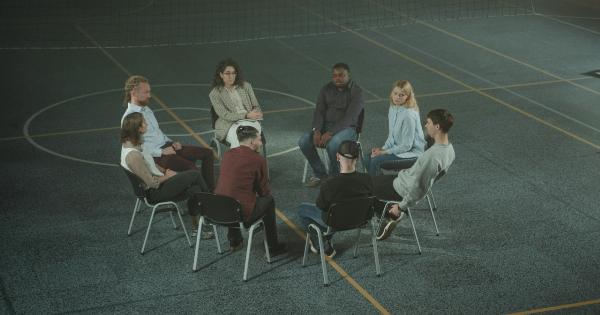Awakening without anesthesia is a groundbreaking approach to surgery. This approach involves using hypnosis and other relaxation techniques to reduce the need for anesthesia during surgery.
The traditional use of anesthesia can result in side effects such as nausea, vomiting, and confusion. It can also take longer to recover from surgery. The use of hypnosis and other relaxation techniques can reduce the need for anesthesia and result in a faster recovery time.
What is hypnosis?
Hypnosis is a state of consciousness in which a person is open to suggestion. This state can be induced through relaxation, guided imagery, and other techniques.
During hypnosis, a person is in a focused and relaxed state, which allows them to be more open to suggestion. Hypnosis has been used for centuries to help people overcome fears, phobias, and other issues. It has also been used in medicine to help reduce pain and anxiety.
The benefits of hypnosis during surgery
The use of hypnosis during surgery has many benefits. One of the main benefits is the reduction of the need for anesthesia. Anesthesia can have many side effects, such as nausea, vomiting, and confusion. It can also take longer to recover from surgery.
The use of hypnosis and other relaxation techniques can reduce the need for anesthesia and result in a faster recovery time. Hypnosis has also been shown to reduce pain and anxiety during surgery. This can be especially helpful for people who are sensitive to anesthesia or who have had negative experiences with anesthesia in the past.
The process of awakening without anesthesia
The process of awakening without anesthesia involves several steps. First, the patient is prepared for the procedure. This includes a review of their medical history, a physical exam, and an explanation of the procedure.
The patient is then introduced to hypnosis and other relaxation techniques. This may include deep breathing, guided imagery, and progressive muscle relaxation. These techniques are designed to help the patient relax and reduce anxiety.
During the procedure, the patient is in a state of hypnosis and is awake. The surgeon may use a local anesthetic to numb the area, but the patient is conscious and able to communicate with the surgeon.
The patient may also be given suggestions to promote healing and reduce pain. After the procedure, the patient is monitored and given instructions on how to care for the surgical site.
Who is a candidate for awakening without anesthesia?
Not everyone is a candidate for awakening without anesthesia. This approach is typically used for minor procedures, such as biopsies or cyst removal. It may not be appropriate for more complex procedures or for people who are unable to tolerate pain.
The decision to use awakening without anesthesia is made on a case-by-case basis and should be discussed with your surgeon.
The safety of awakening without anesthesia
The safety of awakening without anesthesia depends on several factors, including the type of procedure, the patient’s medical history, and the surgeon’s experience. In general, this approach is considered safe for minor procedures.
However, it is important to discuss the potential risks and benefits with your surgeon before undergoing any surgical procedure.
Your role in awakening without anesthesia
If you are considering awakening without anesthesia, it is important to be an active participant in the process.
This includes asking questions about the procedure and the risks and benefits, and following the surgeon’s instructions for preparation and aftercare. You may also be asked to practice relaxation techniques before the procedure to help reduce anxiety.
The future of awakening without anesthesia
The future of awakening without anesthesia is promising. As more research is conducted on the benefits of hypnosis and other relaxation techniques, this approach may become more widespread.
It may also be used in more complex procedures as the technique becomes more refined.
The bottom line
Awakening without anesthesia is a groundbreaking approach to surgery. It involves the use of hypnosis and other relaxation techniques to reduce the need for anesthesia during surgery.
This approach has many benefits, including a faster recovery time and a reduction in the side effects of anesthesia. However, it is important to discuss the potential risks and benefits with your surgeon before undergoing any surgical procedure.































